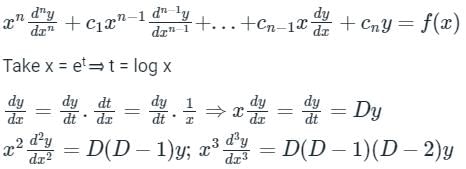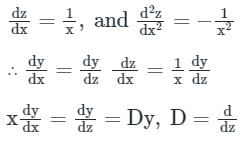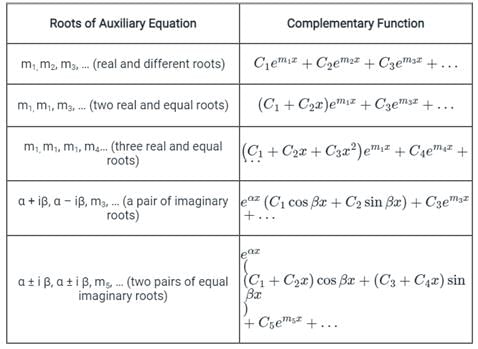Mechanical Engineering Exam > Mechanical Engineering Tests > Test: Cauchy's Equation - Mechanical Engineering MCQ
Test: Cauchy's Equation - Mechanical Engineering MCQ
Test Description
10 Questions MCQ Test - Test: Cauchy's Equation
Test: Cauchy's Equation for Mechanical Engineering 2025 is part of Mechanical Engineering preparation. The Test: Cauchy's Equation questions and answers have been prepared
according to the Mechanical Engineering exam syllabus.The Test: Cauchy's Equation MCQs are made for Mechanical Engineering 2025 Exam.
Find important definitions, questions, notes, meanings, examples, exercises, MCQs and online tests for Test: Cauchy's Equation below.
Solutions of Test: Cauchy's Equation questions in English are available as part of our course for Mechanical Engineering & Test: Cauchy's Equation solutions in
Hindi for Mechanical Engineering course.
Download more important topics, notes, lectures and mock test series for Mechanical Engineering Exam by signing up for free. Attempt Test: Cauchy's Equation | 10 questions in 30 minutes | Mock test for Mechanical Engineering preparation | Free important questions MCQ to study for Mechanical Engineering Exam | Download free PDF with solutions
Test: Cauchy's Equation - Question 1
The solution of differential equation will be ___________, where c1 and c2 are arbitrary constants.
will be ___________, where c1 and c2 are arbitrary constants.
 will be ___________, where c1 and c2 are arbitrary constants.
will be ___________, where c1 and c2 are arbitrary constants.
Detailed Solution for Test: Cauchy's Equation - Question 1
Detailed Solution for Test: Cauchy's Equation - Question 2
Detailed Solution for Test: Cauchy's Equation - Question 3
Detailed Solution for Test: Cauchy's Equation - Question 4
Test: Cauchy's Equation - Question 5
Cauchy’s linear differential equation  can be reduced to a linear differential equation with constant coefficient by using substitution
can be reduced to a linear differential equation with constant coefficient by using substitution
Detailed Solution for Test: Cauchy's Equation - Question 5
Detailed Solution for Test: Cauchy's Equation - Question 6
Detailed Solution for Test: Cauchy's Equation - Question 7
Test: Cauchy's Equation - Question 8
If f(Z) is an analytical function and (r, θ) denotes the polar co-ordinates, then:
Detailed Solution for Test: Cauchy's Equation - Question 8
Test: Cauchy's Equation - Question 9
Solve
Which of the following is the solution of above equation, when x = 0?
Detailed Solution for Test: Cauchy's Equation - Question 9
Detailed Solution for Test: Cauchy's Equation - Question 10
Information about Test: Cauchy's Equation Page
In this test you can find the Exam questions for Test: Cauchy's Equation solved & explained in the simplest way possible.
Besides giving Questions and answers for Test: Cauchy's Equation, EduRev gives you an ample number of Online tests for practice
Download as PDF















 is considered as Cauchy’s differential equation. The equation has variable coefficients so its solution becomes tedious but we can convert the above equation into the linear differential equation with constant coefficients
is considered as Cauchy’s differential equation. The equation has variable coefficients so its solution becomes tedious but we can convert the above equation into the linear differential equation with constant coefficients





























